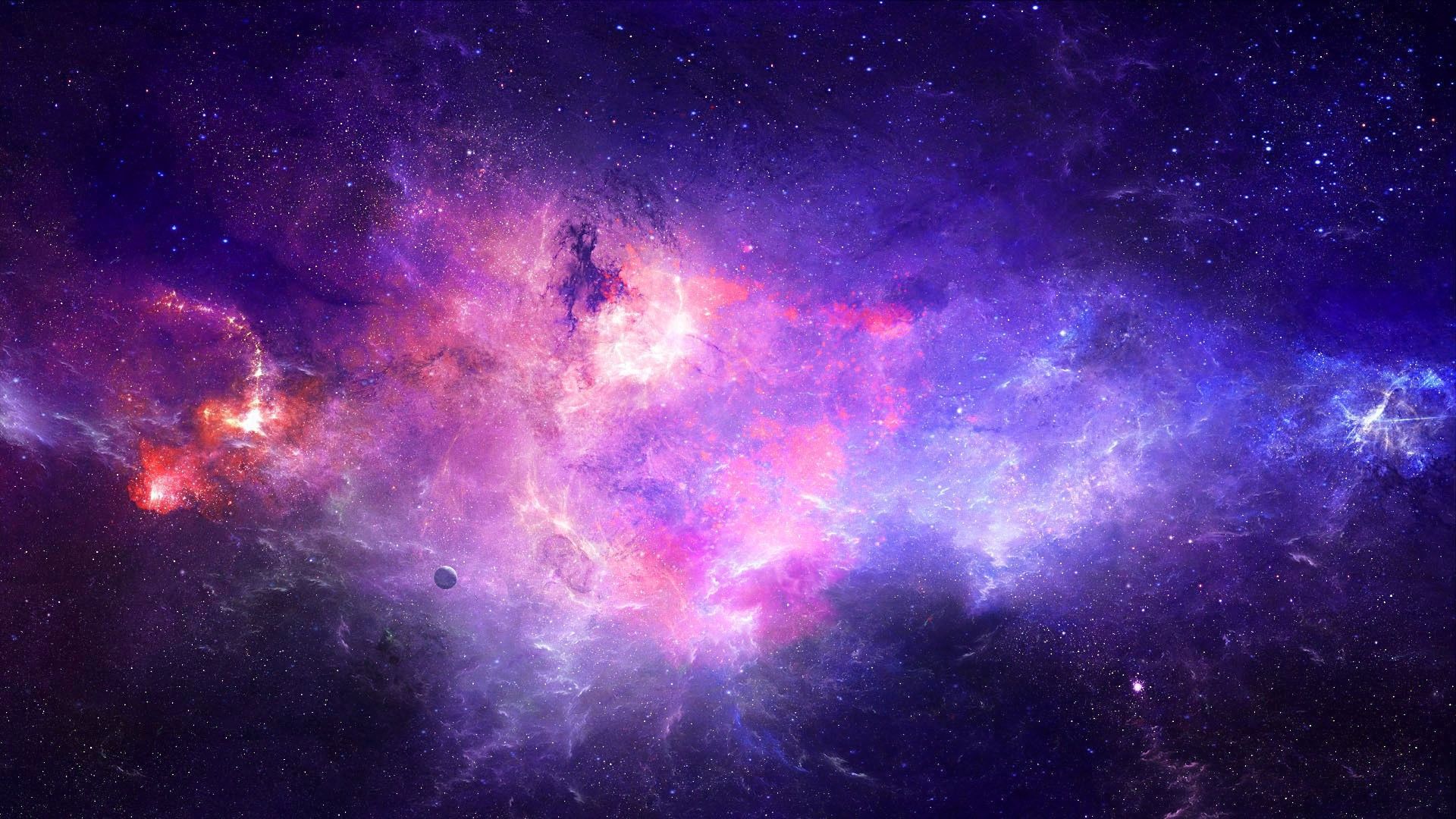The Stars
Stars: The Cosmic Powerhouses and Their Life Cycle
Stars are formed in nebulae, vast clouds of gas and dust. Gravity pulls material together, and once nuclear fusion ignites, a star is born. Different types of stars include:
Red dwarfs – Small, long-lived stars that burn hydrogen slowly.
Main sequence stars – Like our Sun, they shine for billions of years before expanding into red giants.
Supergiants – Enormous stars that burn out quickly and explode as supernovae, sometimes forming black holes or neutron stars.
Stars change color depending on their temperature and composition:
formula for k:
K − 273,15 = °C
Blue stars – The hottest, burning at over 25,000K.
White stars – Hot, but slightly cooler than blue stars.
Yellow stars – Medium temperature, like our Sun (5,778K).
Red stars – The coolest, including red dwarfs and red giants.
How Stars Die
Well it depends on its mass:
Low-mass stars (like red dwarfs) burn for billions of years before fading into white dwarfs.
Medium-mass stars (like our Sun) swell into red giants before shedding their outer layers, forming planetary nebulae, and leaving behind a white dwarf
Massive stars explode in supernovae, creating neutron stars or black holes
Black Holes: The Universe's Monsters
Black holes form when massive stars collapse under their own gravity. Their gravity is so strong that not even light can escape. Types include:
Stellar-mass black holes – A few times the Sun's mass.
Supermassive black holes – Millions to billions of times the Sun's mass, found at galaxy centers.
Primordial black holes – Hypothetical tiny black holes from the early universe.
